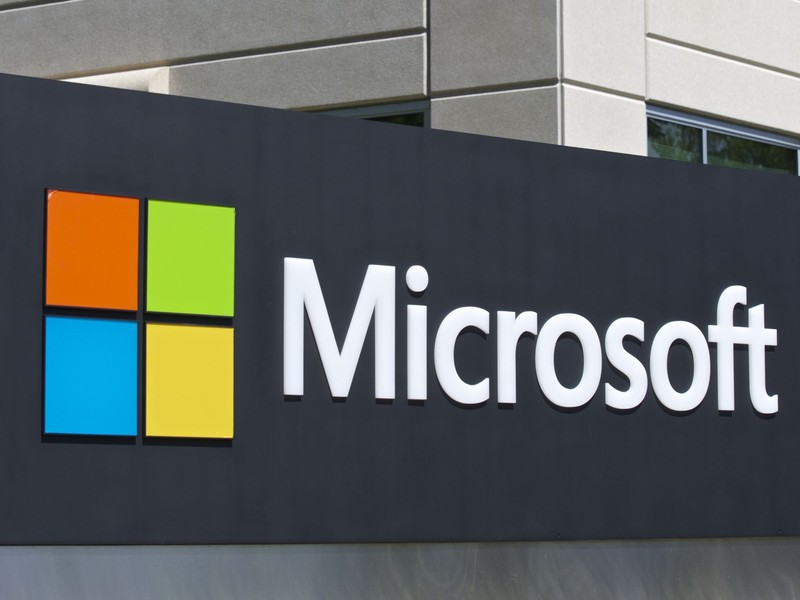
KB4480960 and KB4480970 are two security updates published by Microsoft in January 2019 Patch Tuesday. The updates are for Windows 7 SP1 and Windows Server 2008 R2 SP1, and as evident by multiple complaints by users, they are causing troubles.
It appears that the installation of the updates may cause networking disturbance, especially for network shares that become inaccessible via SMBv2. Not only home users are affected by this but also organizations.
More about KB4480960, KB4480970
KB4480960 is a security-only update that:
- Addresses a security vulnerability in session isolation that affects PowerShell remote endpoints;
- Provides protections against an additional subclass of speculative execution side-channel vulnerability known as Speculative Store Bypass (CVE-2018-3639) for AMD-based computers”.
There are known issues with the update, says Microsoft, that concern activation failures and “not genuine” notifications, as per user reports. These issues are occurring on volume-licensed Windows 7 KMS clients.
The KB4480970 update is also meant to addresses the above mentioned security issues in several components.
According to Woody Leonarhd, the issues with these updates are associated with an older update that conflicts with the newer patches. It appears that the release of KB4480960 and KB4480970 has created a discord that is linked to activation errors for Key Management Services (KMS) controlled workstations.
How to fix these issues? According to Windows updates expert Woody Leonhard, “the best advice is to not install the patch”. However, there is also a registry fix shared by a German administrator, but it is not clear whether it fixes the problems with the updates:
(translated from German)
If the user accessing the W7 happens to be an administrator on the remote system then this should work on the W7 hosting the share (elevated cmd):reg add HKLM\SOFTWARE\Microsoft\Windows\CurrentVersion\Policies\system /v LocalAccountTokenFilterPolicy /t REG_DWORD /d 1 /f
After the tweak, you need to reboot your system. Please note that there is no actual report that this fix works, and we can’t guarantee the results.




Works and even in the cloud of 11 machines in the host under VMWare eSXi!